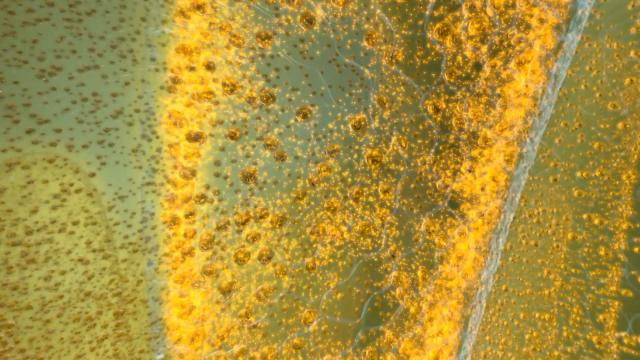About This Lesson
Duration: 3 min
Grade Level: Appropriate for all ages; content connects to NGSS standards for grades 5 and above
Shrink to the size of a coral polyp to see how corals acquire energy. Like all animals, coral polyps eat. They capture prey using microscopic hooks released from their tentacles. But most of the coral's energy comes from algae known as zooxanthellae which reside in the polyp's tissue, converting sunlight into energy-rich sugars that corals can absorb for fuel.






